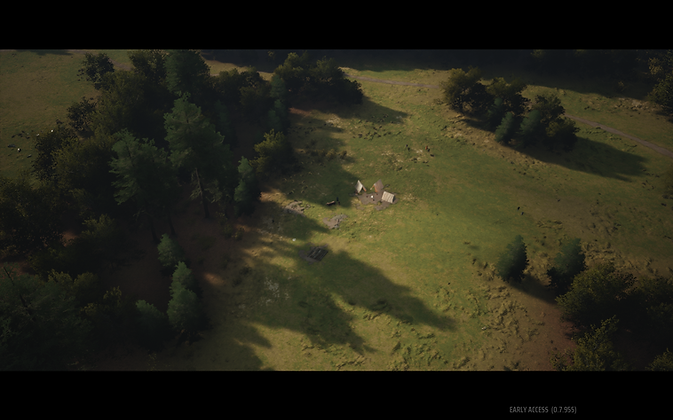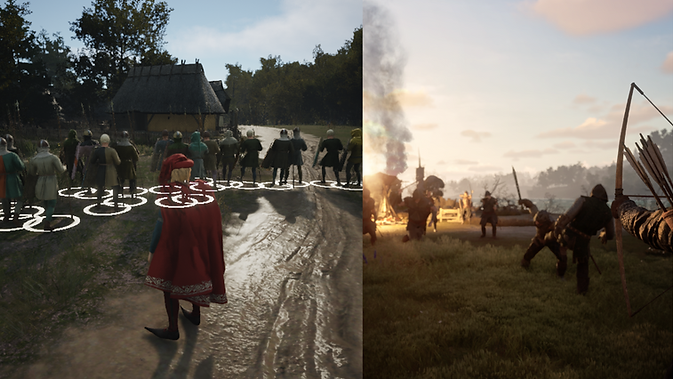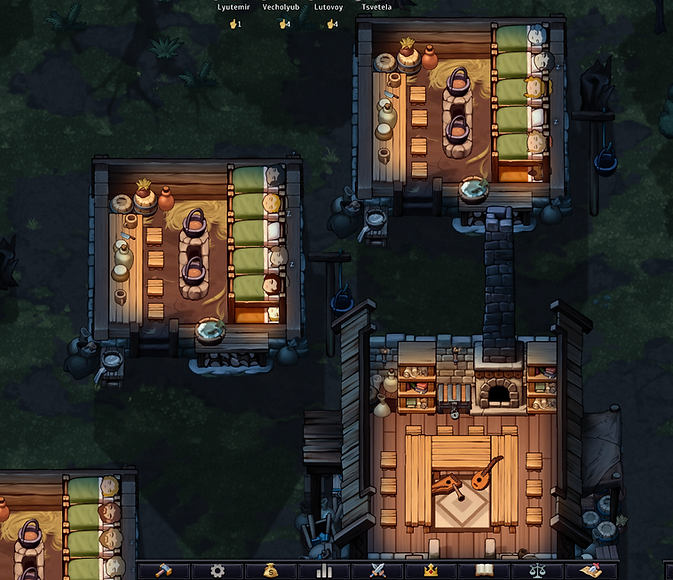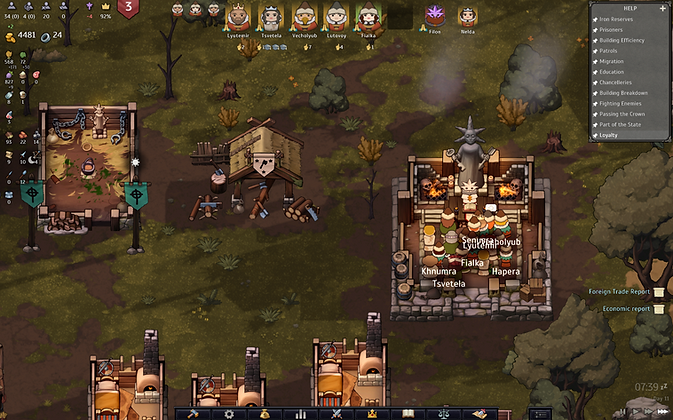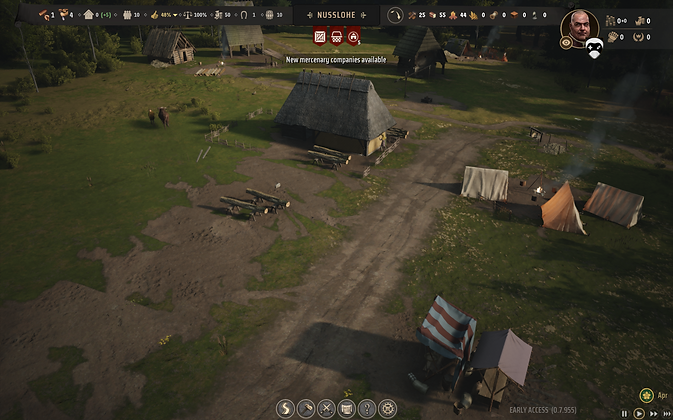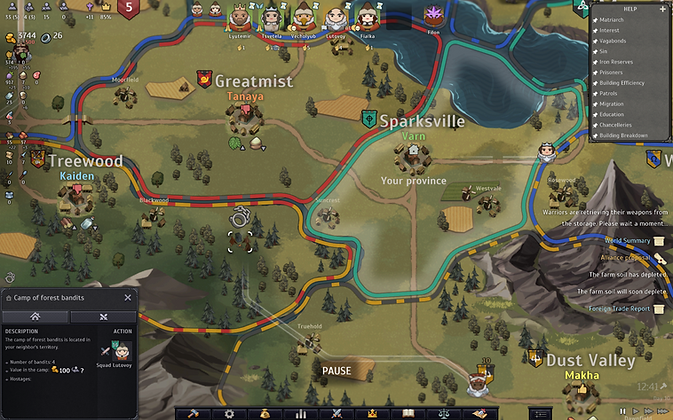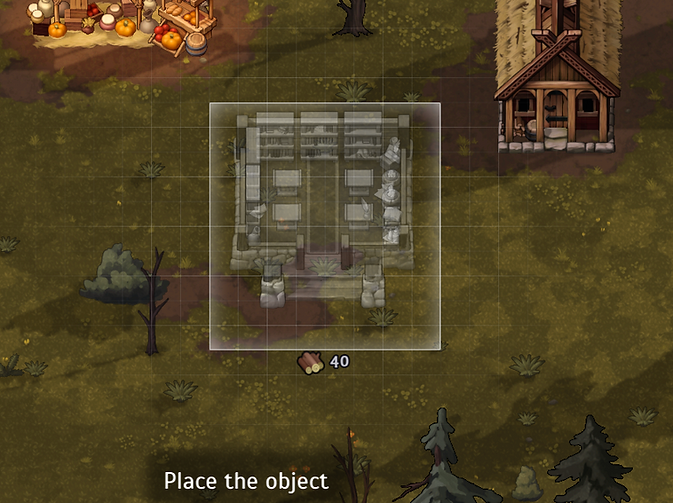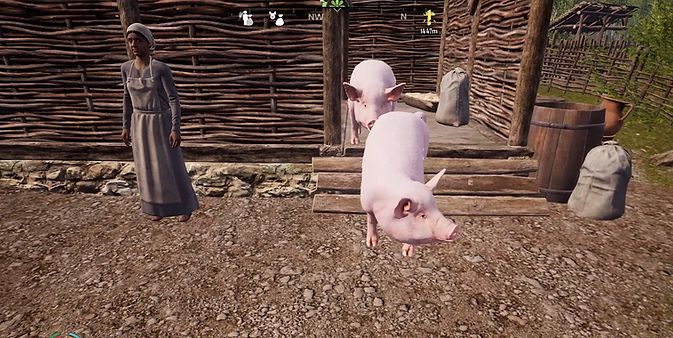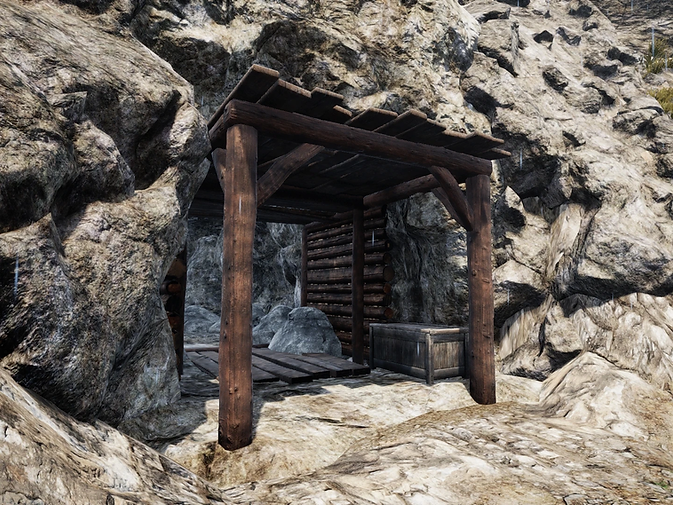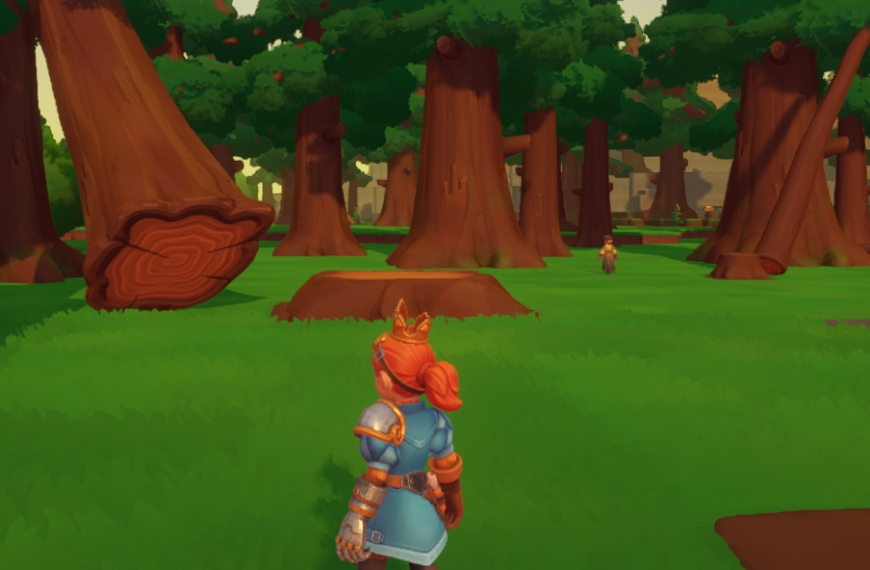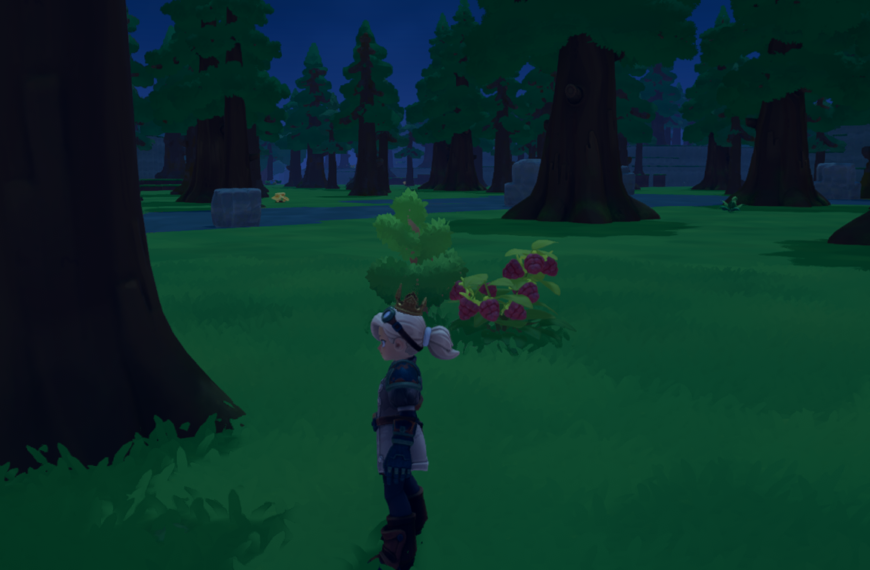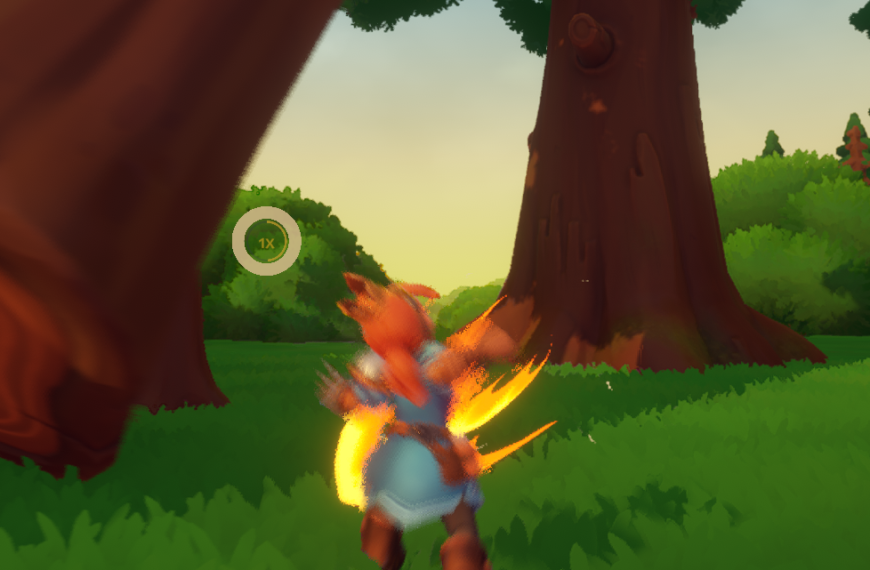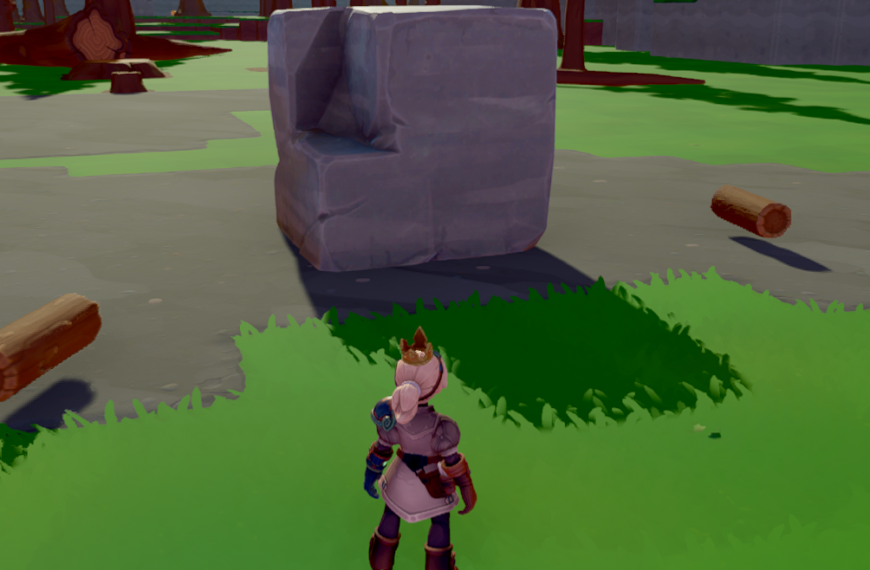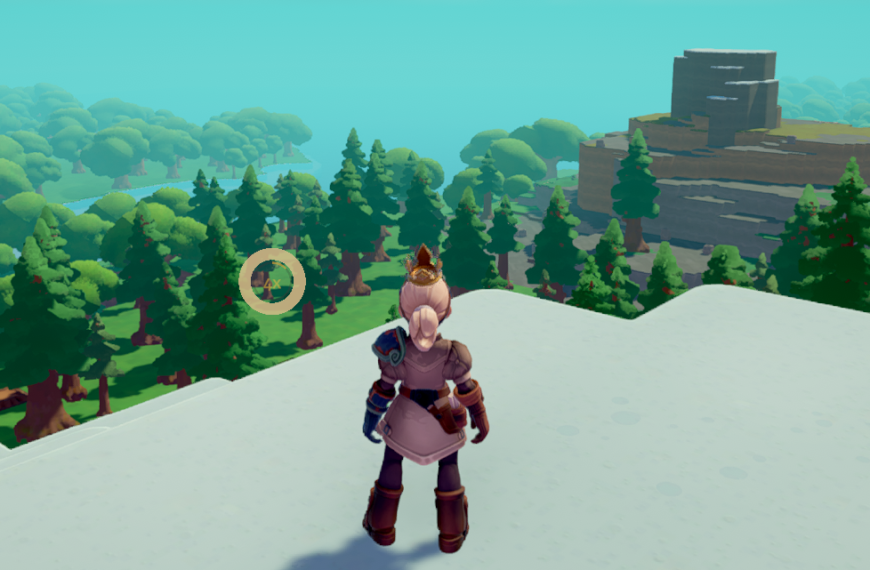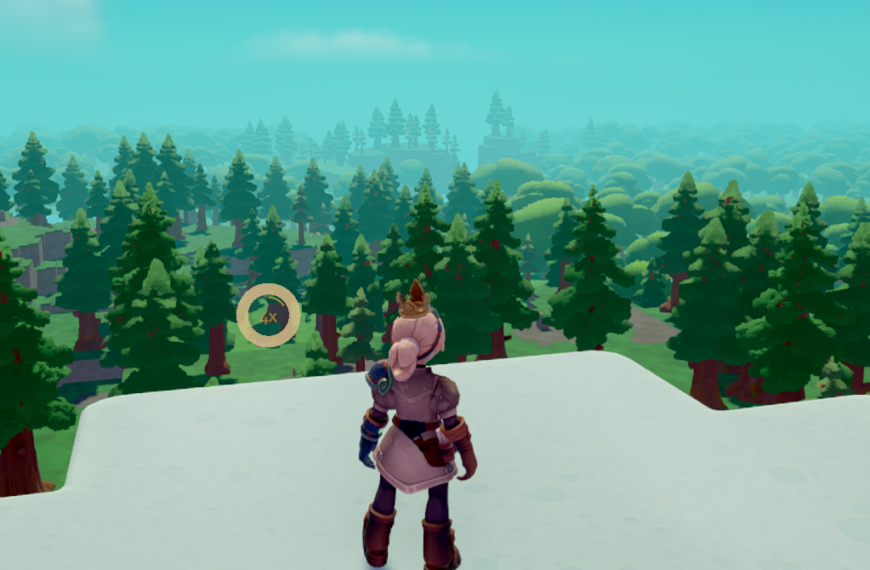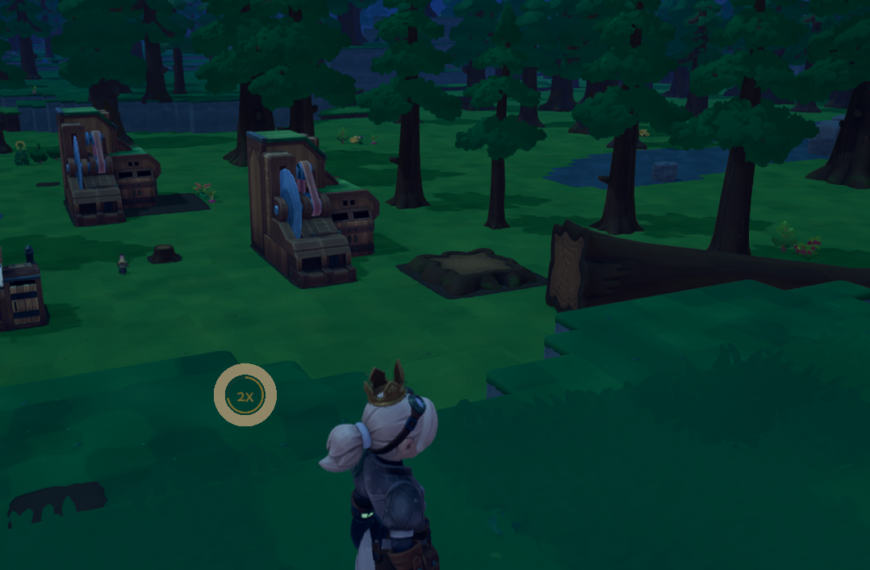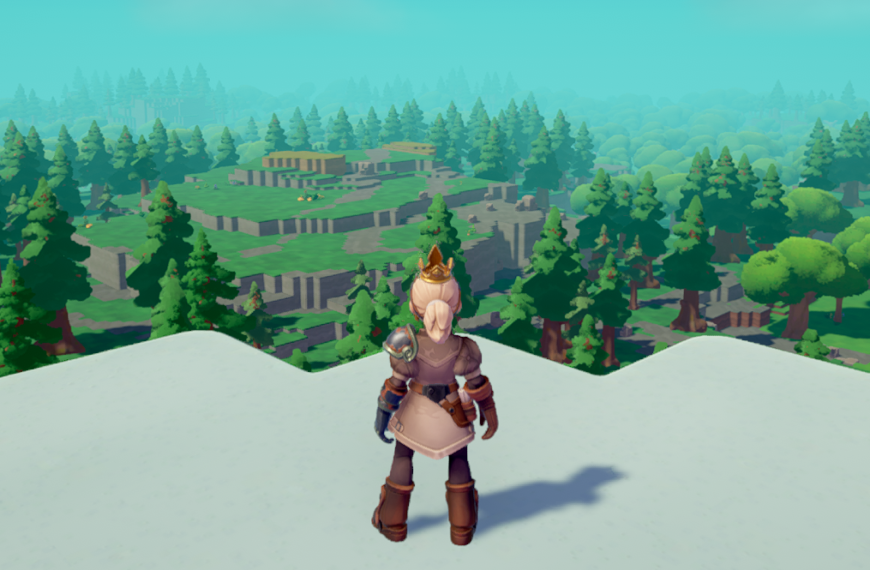In Medieval Dynasty, farming is not just about planting seeds and waiting for them to grow; it’s a strategic endeavor that requires timing and planning. Knowing when to plant your crops can make the difference between a bountiful harvest and a wasted season.
Let’s delve into the nitty-gritty of planting crops in Medieval Dynasty and how to maximize your agricultural success.
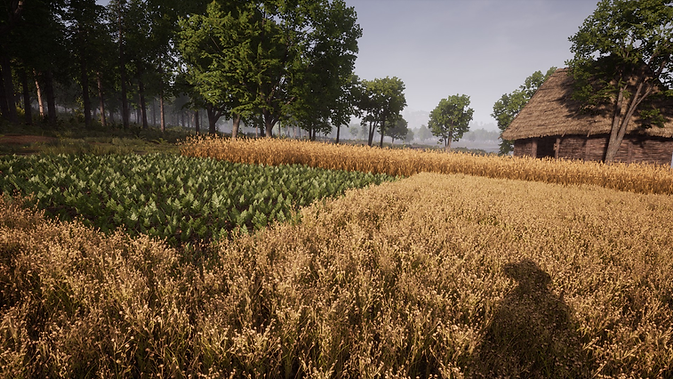
Understanding the Seasons
The Seasonal Cycle
Medieval Dynasty features a dynamic seasonal cycle, each season lasting three in-game days. The year is divided into four seasons: Spring, Summer, Autumn, and Winter. Each season affects what crops you can plant and harvest.
- Spring: The season of new beginnings. Ideal for planting a variety of crops.
- Summer: Time for growth and tending to your spring crops.
- Autumn: Harvesting time for most crops and planting winter vegetables.
- Winter: A harsh season where farming activities slow down, but preparation for the next cycle is key.
Crop-Specific Planting Times
Each crop in Medieval Dynasty has specific planting and harvesting seasons. Knowing these details helps in planning your farming activities effectively.
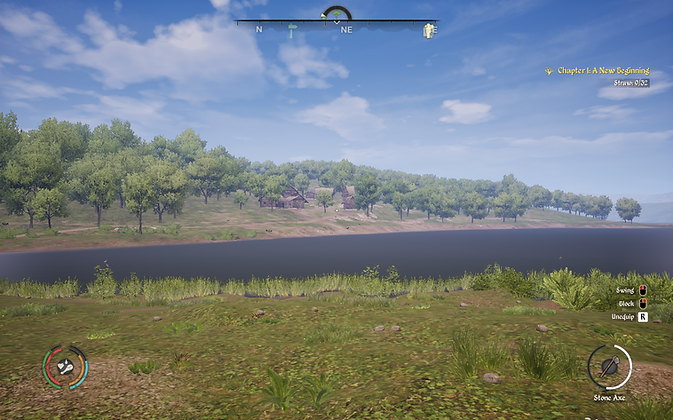
What to Plant and When
Spring Planting
Spring is the busiest planting season. Here’s what you can sow:
- Wheat: Plant in Spring and harvest in Autumn.
- Carrots: Plant in Spring and harvest in Autumn.
- Cabbage: Plant in Spring and harvest in Summer.
- Onions: Plant in Spring and harvest in Summer.
Spring crops generally require less maintenance and grow faster, making it a crucial time to get your fields ready.
Summer Sowing
While summer is mainly for tending to your spring crops, a few crops can be planted:
- Cabbage (second planting): Plant in Summer and harvest in Autumn.
- Beetroot: Plant in Summer and harvest in Autumn.
Summer crops can be a quick turnaround for those looking to maximize their yield before the colder months.
Autumn Agriculture
Autumn is a dual-purpose season—harvesting your spring and summer crops while preparing for the next year’s cycle:
- Rye: Plant in Autumn and harvest in Spring.
- Wheat (second planting): Plant in Autumn and harvest in Summer.
- Carrots (second planting): Plant in Autumn and harvest in Spring.
Autumn planting ensures that you have a steady supply of crops through the winter and into the next spring.
Winter Preparation
Winter is not ideal for planting, but it’s a time to prepare:
- Field Maintenance: Clear fields, prepare soil, and plan crop rotation.
- Animal Care: Ensure livestock are well-fed and sheltered.
- Crafting and Building: Use this downtime to build and repair farming tools and structures.
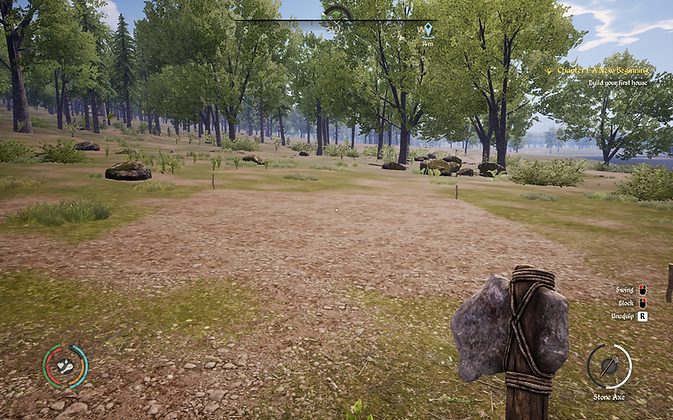
Tips for Planting Crops in Medieval Dynasty
Crop Rotation
To keep your soil fertile and productive, practice crop rotation. Avoid planting the same crop in the same spot season after season. This helps prevent soil depletion and pest infestations.
Fertilization
Using manure to fertilize your fields improves crop yield. Plan your manure production and storage to keep your fields fertile throughout the year.
Managing Labor
Efficiently managing your labor is crucial. Assign villagers to farming tasks according to the season. During peak planting and harvesting times, allocate more workers to the fields.
Adapting to Weather and Events
Weather Changes
Weather can significantly impact your farming activities. Be prepared for unexpected changes like rain or drought. Adjust your farming schedule and activities accordingly to mitigate the effects.
Random Events
Occasionally, random events such as pest infestations or crop diseases can occur. Stay vigilant and respond promptly to these challenges to protect your crops.
Planning for the Long Term
Storage Solutions
Proper storage of harvested crops is essential. Build and maintain storage facilities to keep your produce fresh and prevent spoilage. Plan your storage capacity based on your expected yield each season.
Diversifying Crops
Don’t put all your eggs in one basket. Diversify your crops to reduce risk and increase your chances of having a successful harvest, regardless of the season’s challenges.
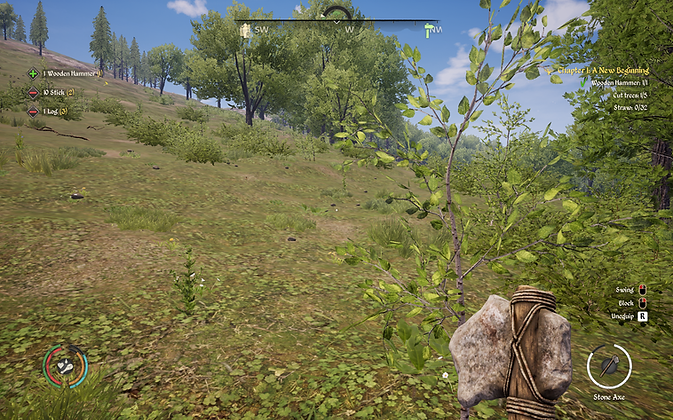
Conclusion: Mastering the Agricultural Calendar
Timing is everything for planting crops in Medieval Dynasty. By understanding the seasonal cycles and knowing when to plant each crop, you can turn your humble village into a thriving agricultural hub.
Remember, a well-planned farming strategy not only feeds your village but also contributes to your overall success in the game.
Final Thoughts
So, what’s your strategy for managing the seasons in Medieval Dynasty? Do you have any tips or tricks that have worked wonders for your farm? Share your experiences and join the conversation in the comments below! Happy farming!

